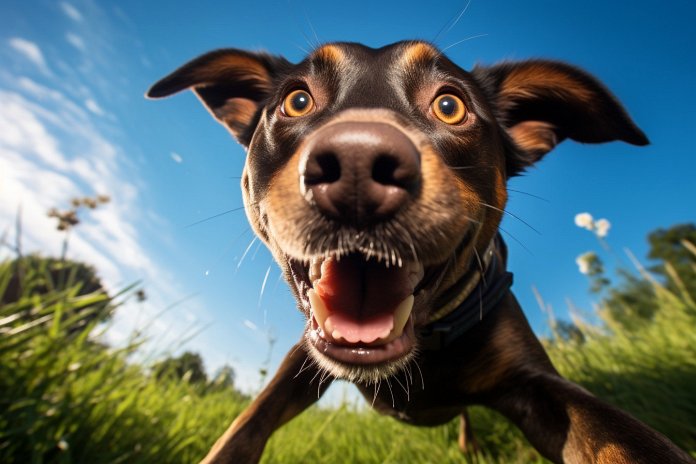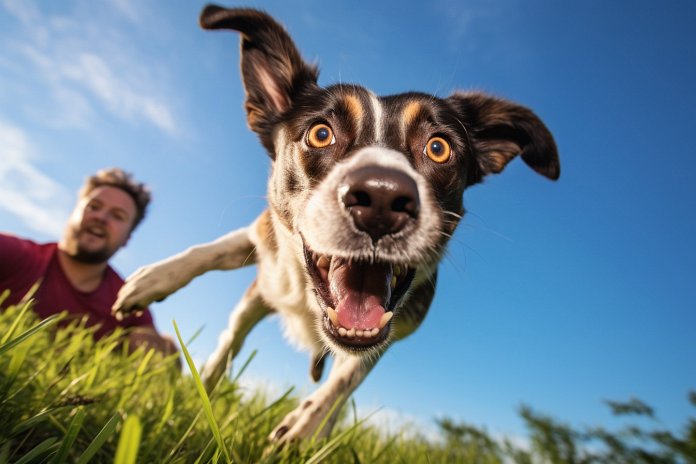
Dogs have the amazing ability to comfort and understand humans when they are sad or angry. They can read facial expressions and use them to interact with both dogs and humans. Dogs mimic the expressions of other dogs and humans, responding accordingly to their emotions. When humans are sad, dogs can sense it and offer comfort through non-threatening gestures like leaning in for a hug or licking. Dogs use body language, like staring, head tilting, panting, wagging their tail, and sniffing, to understand facial expressions. This ability to understand facial expressions developed over thousands of years as dogs and humans formed a mutual bond. Dogs use a combination of skills, including their sense of smell, body language reading, and perception of tone of voice, to understand their humans. Dogs learn to recognize and respond to their owners’ facial expressions over time. Training dogs to see facial expressions can be done through spending time together and introducing them to new people. By showing your dog your facial expressions and rewarding their appropriate response, they can learn to understand and respond to your emotions. Patience and a safe environment are important for dogs to learn new things effectively.
“Dogs have the ability to see and understand facial expressions, allowing them to respond to their humans’ emotional needs.”

Tips & Things to Know
1️⃣ Dogs have the ability to see and understand facial expressions, both of other dogs and humans. They use these cues to determine how to interact socially and respond accordingly.
2️⃣ When a dog sees their owner sad or upset, they will often react with comforting behaviors such as leaning into them for a hug or licking them. Dogs are attuned to their owner’s facial expressions and can sense negative emotions.
3️⃣ Training dogs to recognize facial expressions can be done through spending time together and engaging in different activities. By introducing your dog to new people, they will become familiar with a variety of facial expressions and improve their understanding of human nonverbal communication. Positive reinforcement, such as praise or treats, can be used to reward desired behavior.
Frequently Asked Questions, Answered ✅
1. How do dogs know to comfort humans when they are sad?
– Dogs can read facial expressions and body language, so they can tell when their owners are sad and will respond with comforting behaviors like leaning in for a hug or licking.
2. Can dogs see and understand human facial expressions?
– Yes, dogs can see and understand human facial expressions. They mimic the facial expressions of other dogs and humans, and they respond accordingly.
3. How do dogs react to different facial expressions?
– Dogs react differently depending on their breed and personality type. Some dogs may take certain facial expressions as a cue for action, while others may use their ability to read facial expressions to comfort and show affection.
4. How do dogs learn to see and understand facial expressions?
– Dogs learn to see and understand facial expressions over time by paying close attention to their owners’ needs and reactions. Positive reinforcement during training helps them understand social cues and prepare for future social situations.
5. How can dog owners train their dogs to see facial expressions?
– Spending time with your dog, introducing them to new people, and engaging in different activities together can help train your dog to see and understand facial expressions. Showing your dog your own facial expressions and rewarding appropriate responses with praise or treats can reinforce their understanding of nonverbal communication.